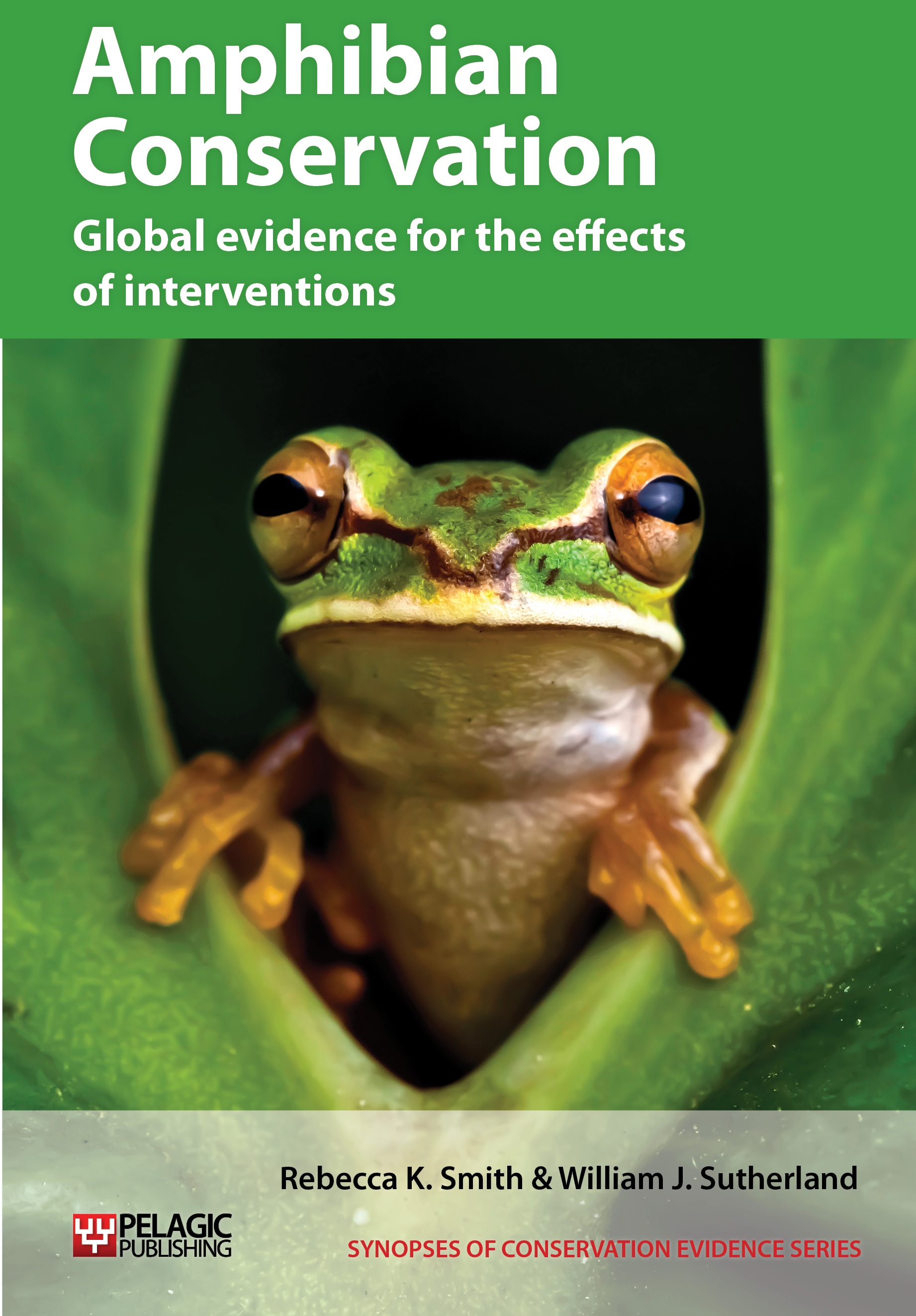Remove or control viperine snakes
-
Overall effectiveness category Likely to be beneficial
-
Number of studies: 1
View assessment score
Hide assessment score
How is the evidence assessed?
-
Effectiveness
50% -
Certainty
40% -
Harms
0%
Study locations
Supporting evidence from individual studies
A before-and-after study in 1991–2002 of Mallorcan midwife toads Alytes muletensis in Mallorca (Román 2003) found that abundance increased at one of two sites after removal of viperine snakes Natrix maura. At the site with intensive control over three years, no snakes were seen from 1997 and larval toad counts increased from 1,300 in 1991 to 2,200 in 1999. Control was not considered successful by the authors at the second site due to the large snake population and more open habitat. Viperine snakes were controlled by capturing intensive one site in 1991–1993 and by capturing less intensively at the second site in 2002.
Study and other actions tested
Where has this evidence come from?
List of journals searched by synopsis
All the journals searched for all synopses
This Action forms part of the Action Synopsis:
Amphibian Conservation
Amphibian Conservation - Published 2014
Amphibian Synopsis





)_2023.JPG)














